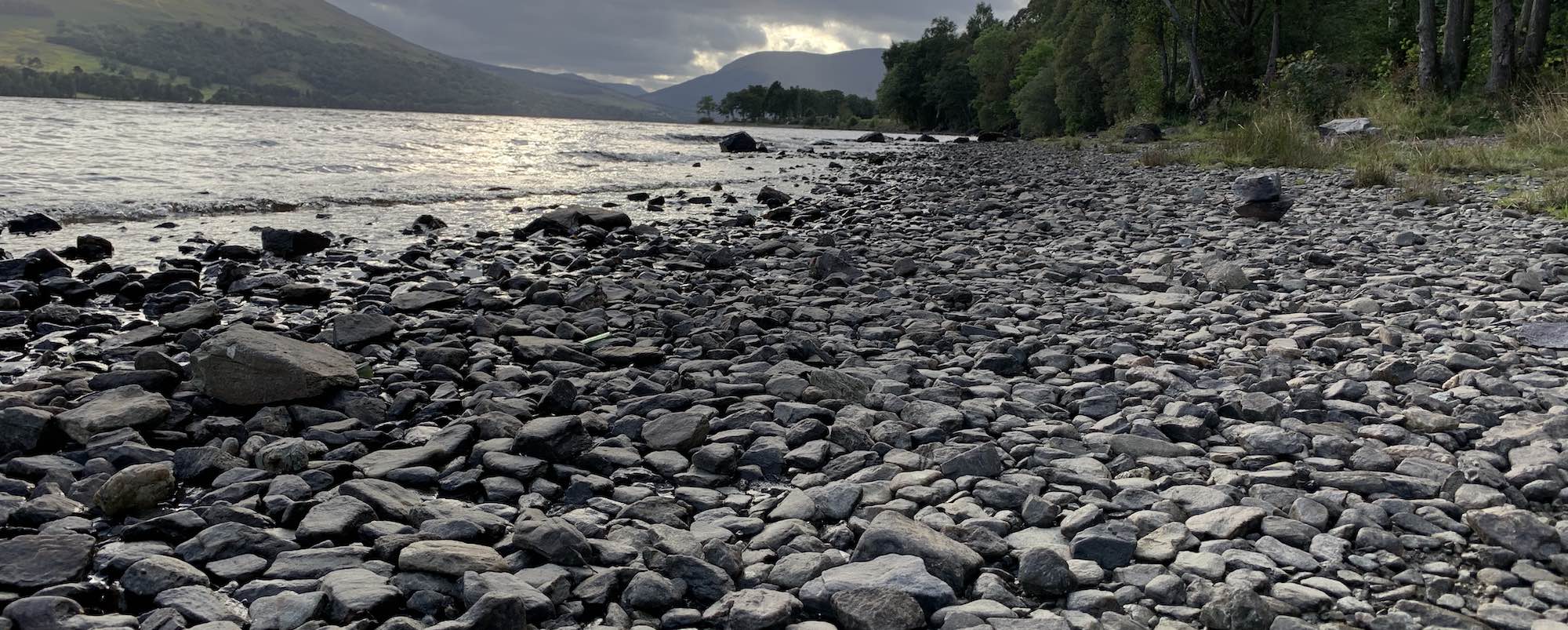Today's post is about managing a large website from information architecture to the whole core of the website.
Since I relaunched my website with the refurbishment to last for the rest of my website's life, many small tweaks have been brought to the design. Many of these tweaks were based on small suggestions as well as the occasional large one (like building my own menu system).
A website in some cases does not seem like an ongoing job, but for my own personal website, my web developerness always encourages me to do more. Knowing when to stop is a very difficult, if not impossible, task. There is always something new that could be brought to the site.
I often talk about how proud I am of my personal website since I wrote the whole thing from the gallery to the blog to the whole design, but what I don't talk about a lot is the content on my website.
As I'm sure you will agree, my website is rather large. Not only are there several pages of blog entries on my website, there are over 80 articles in my tutorials, I have quite a few reviews and articles, there is lots of information on the projects I'm working on, information on me, my pets and family, a gallery, information about my software, including my page dedicated to Zenith, a lot of stuff on university, some developer tools, newsletters and so much more.
Information architecture
The information architecture (IA) of a website is crucial and is the very first thing that should be considered when developing. If you are interested in web development you will likely already know that putting an index.html or default.html page in a directory means that the URL does not need a dot, so http://www.test.com/about/index.html can become http://www.test.com/about/.
Sticking to a procedure of putting the index or default page into a directory gives the site a better architecture also. Nested directories like articles/ and articles/computing/technologies.html are nicer than file paths like articles.html and articles_computing_technologies.html.
Managing content
Content can be difficult to manage on a large website and while this website is reasonably small compared to some other websites, including ones that I've built, but none the less, I do have a very strict system in place to control images, CSS, JavaScript, PHP and text files that are considered assets to the website.
Site dependant content should be stored together in one central location on the website. I tend to use a folder called /assets/ as my content folder. Inside there exist several folders, particularly /assets/images/ and /assets/css/. This means that all images shared across the website can be found from this area.


